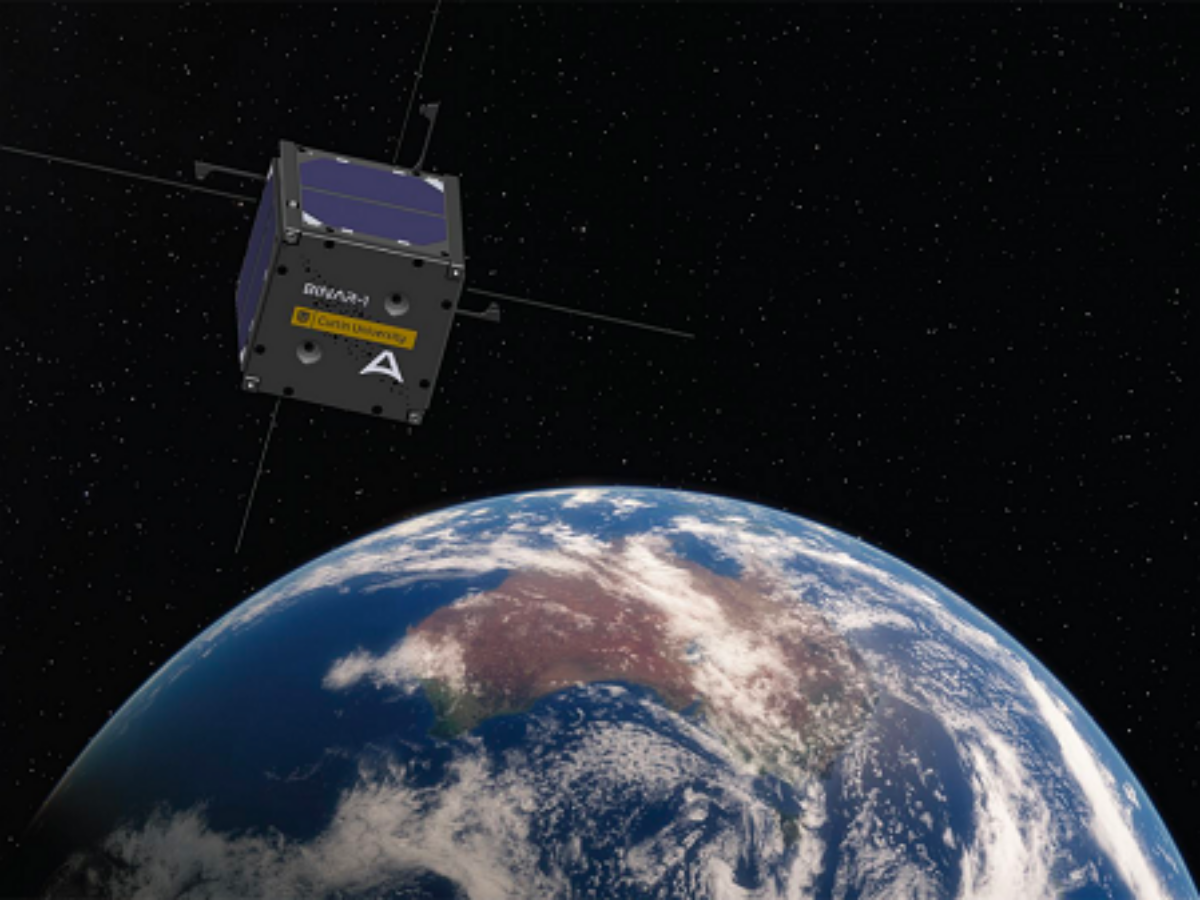Curtin teams with NASA JPL

Perth’s Curtin University and NASA JPL spin-off Chascii will work to deliver the first-ever optical communications from a 1U CubeSat based on the technology behind WA’s Binar-1 spacecraft.
The spacecraft optical communications system will be developed in a new partnership between Curtin’s Space Science and Technology Centre and laser communications leader Chascii.
Speaking at the CubeSat Developers Workshop in California, former NASA Jet Propulsion Laboratory space technologist and Chascii CEO Dr Jose Velazco said the partnership would develop a new class of highly integrated, modular small satellites with embedded omnidirectional optical communicators.
Dr Velazco said: “This partnership with Curtin University will allow Chascii to begin the implementation of its INSPIRE connectivity network along the solar system, starting with cislunar space.
“Under this partnership we plan to pursue joint flight projects right away, starting with LEO and lunar missions.”
The Binar spacecraft developed by Curtin University are based on a novel integration of the spacecraft’s avionics, according to Curtin.
The Binar-1 CubeSat made its first contact with ground control in October after its historic launch from the Kennedy Space Centre in August.
Chascii seeks to pair this miniature package with its novel optical terminals to enable the next generation of affordable smallsats.
Chascii plans to deploy thousands of the small satellites along the solar system.
“Chascii is developing a suite of unique optical terminals which we plan to integrate into Binar spacecraft to begin laying out the space internet.”
John Curtin Distinguished Professor Phil Bland, the Director of Curtin’s Space Science and Technology Centre, said: “With this partnership we will demonstrate the first optical communications from a 1U CubeSat ever, bringing high-speed communications into the realm of nanosatellites.”
Professor Bland said that would be the springboard for the development of a 3U Binar Inter-Satellite omnidirectional Optical Communicator (ISOC) spacecraft, which would form the basis for a swarm nanosatellite optical communications network.
“As a planetary scientist, pairing the technology that Jose has invented with our small spacecraft to develop a highly integrated optical communications solution is tremendously exciting,” Professor Bland said.
“It can provide spaceborne cloud computing, as well as terrestrial gigabit communications, but because it is affordable and modular, it can be applied to multiple environments. It can provide connectivity not just in Earth orbit, but at the Moon, Mars, and beyond.”
There are six more Binar-1 CubeSat spacecraft scheduled for launch in the next 18 months.
Picture: Curtin University
Subscribe to our free @AuManufacturing newsletter here.
Topics Technology
@aumanufacturing Sections
Analysis and Commentary Awards Defence Manufacturing News Podcast Technology Videos










